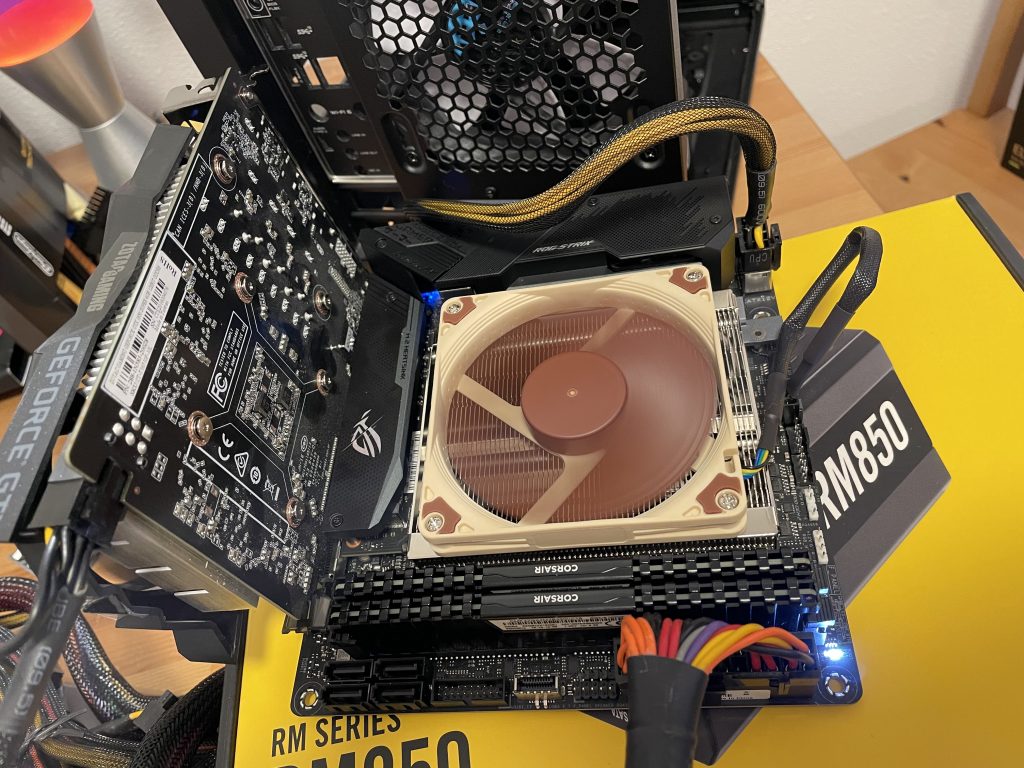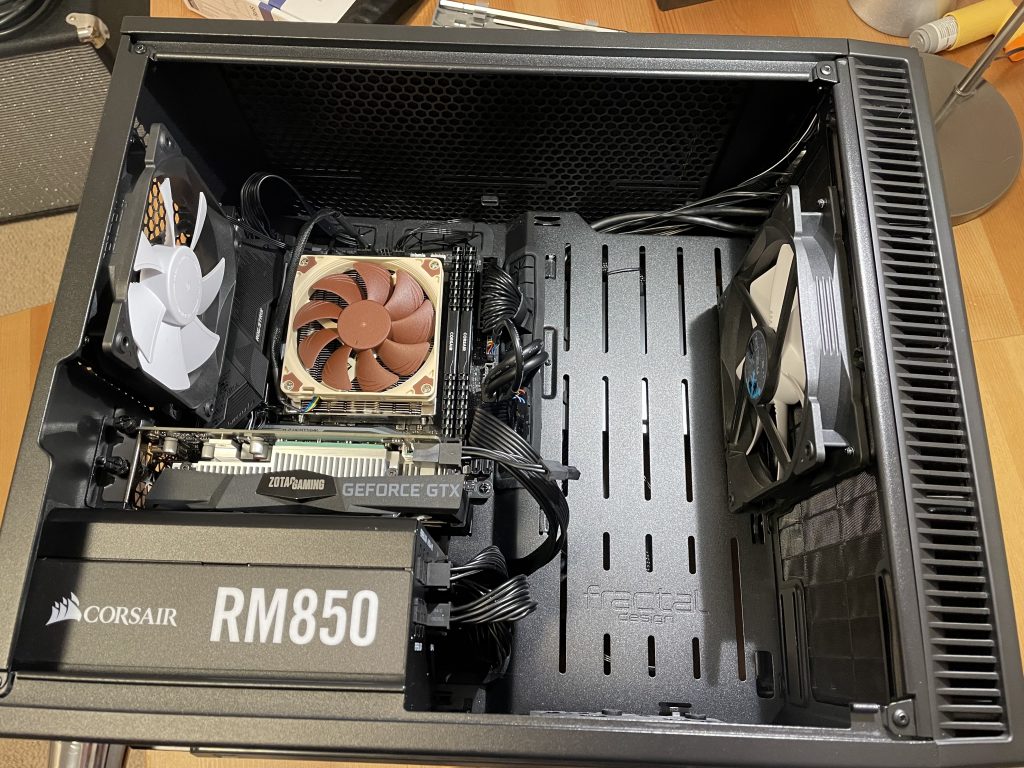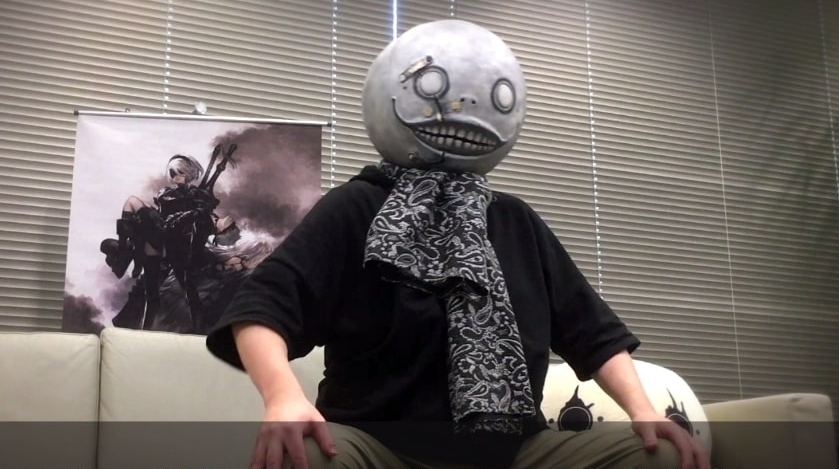I’ve spent the last few weeks digesting the Final Fantasy Pixel Remasters. Square-Enix announced the set of six awhile back without pinning exact release dates on the games, and in spite of the rash of immediate negative comments about certain aspects of the trailer (which seemed to amount to the same “it doesn’t look like the original” comments that have plagued other rereleases over the years), I figured now was as good a time as any to play all six in order.
Only problem is I thought the games would be drip-fed throughout the year so I could fit them all in between other activities like Final Fantasy 14 or Assassin’s Creed Valhalla. Unfortunately for me, Square-Enix saw fit to drop half of the games all at once, and if I didn’t deal with them more or less immediately, they were destined to fall off the radar. Wouldn’t be the first time that happened either; at one point back in 2019 I had the PSP releases of Final Fantasy 1-3 and a jailbroken PS Vita all lined up and ready to go, and I chased a butterfly for a week and the whole project went on the shelf. So, everything that could go on hold went on hold this time, I installed the games on the new PC I just built a month ago, and got to work.
Enhancements and add-ons found in other releases of the games, like the conversion of spell slots to MP in the PSP release of FF1 or additional dungeons/content found in the Dawn of Souls package on GBA were rolled back in favor of more or less presenting the original games with a new coat of paint and bug fixes. I thought the detail about the spell slots in FF1 was going to irritate me more than it actually did. Ethers are a thing in item shops now, and using one restores one spellcast at all levels. As you can imagine, this does attenuate the game’s difficulty quite a bit, because once you start rolling in money later in the game, it’s nothing to just stack up on ethers and go full blast with your black mage if you want.
The one detail of note in this first drop of games is the fact that Final Fantasy 3 was delivered in its original 2D format this time. This finally closes the loop on the ‘lost’ entry in the series for those of us in the West. We had been blessed with the 3D remakes beginning in 2006, but those came with some challenges. The story goes that the game could only support showing one-third as many enemies on screen as in the original, so the development team saw fit to respond to give enemies triple their HP and in some instances give enemies multiple turns per round. Even in encounters like boss fights, where there was ever only one enemy in the first place! That change was mercifully not kept in the remaster.
That’s not to say all of the boss fights are necessarily cakewalks, either. In all three games, I frequently found them to essentially be a race to see whether I got to the bottom of the boss’s HP before the boss got to the bottom of my resources. In Final Fantasy 3, that came with the added factor of my job selection sometimes having an impact. The game is pretty good about giving hints that you need a particular job in particular situations, like needing dragoons for the fight against Garuda or a scholar against Hein, and if you ignore the hints, you’re going to have problems.
Aside from smoothing out the difficulty, the soundtracks have also gotten a lot of attention for their own re-imaginings which were supervised by the original composer. It might be best just to paste a few examples and hope the Youtube videos don’t get taken down, because the before-and-after comparisons are quite stark.
I’m not intentionally ignoring Final Fantasy 2 in this review; Final Fantasy 2 has by far the strongest narrative of the three. It’s just marred by its character progression system that builds stats and effectiveness with spells/weapons based on what actions you take and how often you take them. It’s easy to game if you want, although I’m still confused about how weapon skills are supposed to progress. The max level of any spell or weapon is 16. Maxing out a spell is easy – just keep casting it. Higher levels require more casts (and more MP), but you’ll eventually get there. I got there with Cure just by having one character as a dedicated healer throughout the game. For weapon skills, none of my characters got past level 9. Supposedly the enemy level impacts weaponskill gains, meaning you can’t boost to max level by farming goblins outside the starting town, but even against the toughest enemies in the last dungeon, I rarely saw progress bars move.
All told, all three games are worth everyone’s time and attention. The ‘remaster’ aspect of the games is really pretty great, in spite of folks’ complaints about the font or lack of availability on consoles. But if you’re constrained by time or finances and can only afford to delve into one of them, Final Fantasy 3 would be the recommendation. Seeing this game finally presented in 2D format is nice all on its own, but it also features the greatest depth of gameplay of the bunch, and you can be in and out in under 20 hours.
So far it sounds like Final Fantasy 4 is on deck next in a few days, with the remaining two games still TBD. I just hope that 5 and 6 show up well enough in advance of Endwalker coming out that they can be played through before Endwalker comes out. It’s going to be tough balancing either or both of those games against an MMO expansion that’s essentially going to eat up multiple months to get through.



